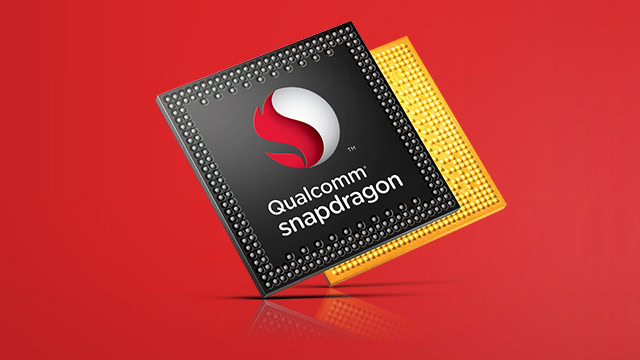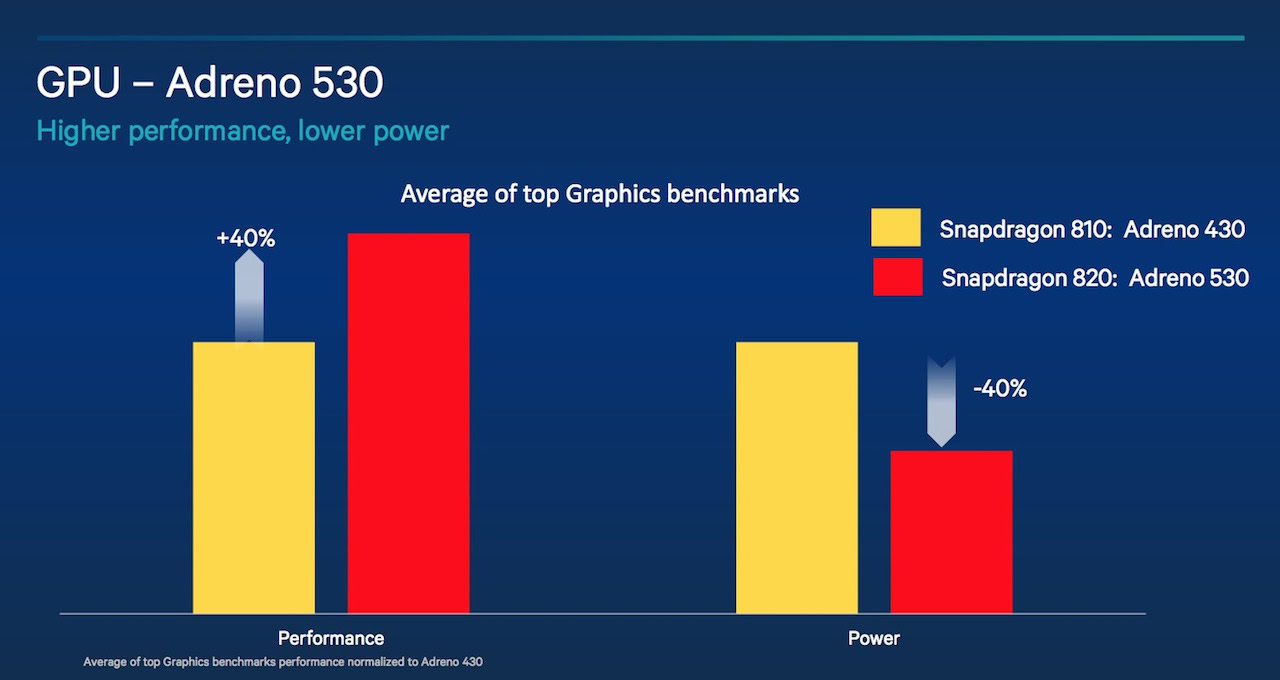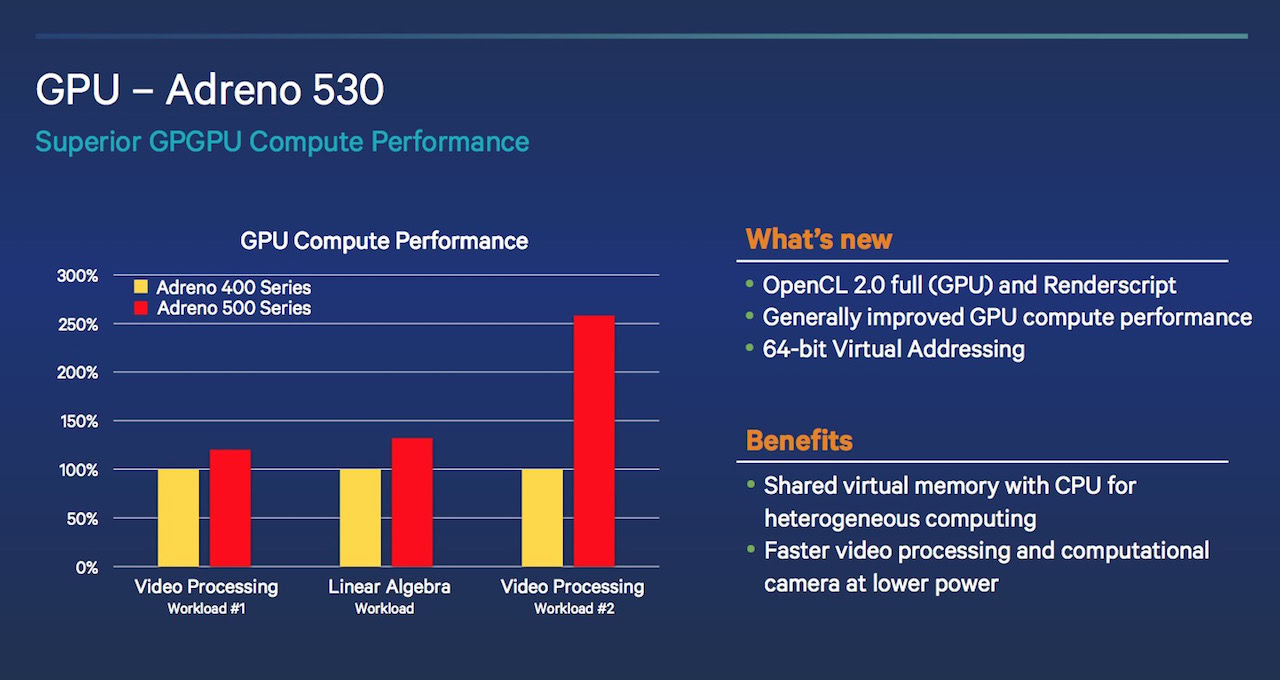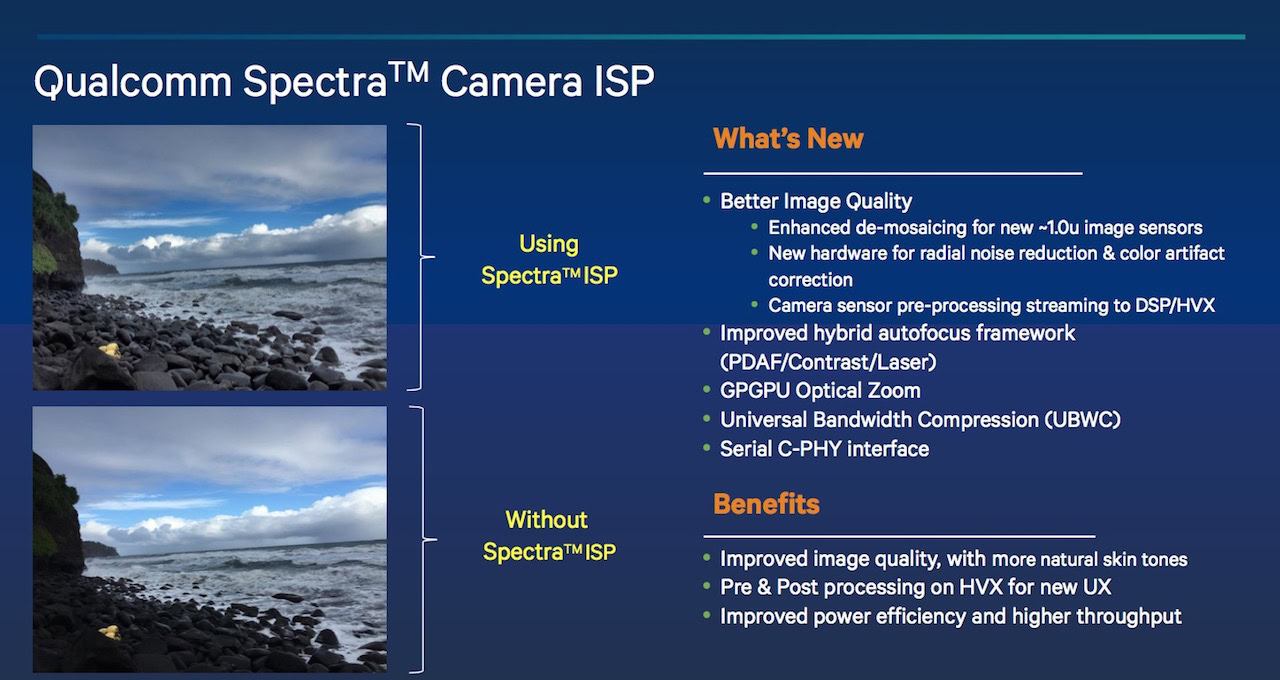Affiliate links on Android Authority may earn us a commission. Learn more.
Qualcomm Snapdragon 820 is official, comes with new Adreno 530 GPU
Published onAugust 12, 2015

Many have been keenly looking to the arrival of Qualcomm’s next flagship Snapdragon SoC after the trouble with this generation’s Snapdragon 810. This week, Qualcomm has finally begun officially talking about its upcoming Snapdragon 820. However, the company has just started by talking about its latest Adreno 530 GPU and Spectra ISP that will appear in the chip. We are going to have to wait for details on its new custom ARMv8 CPU design and other components.
As the name implies, the Adreno 530 comes from a new series of GPUs and is the highest entry in the range. Qualcomm also has an Adreno 510 in the works, which will ship with its Snapdragon 618 and 620 SoCs.
Starting with performance, Qualcomm states that the Adreno 530 boasts a 40 percent improvement in an average of graphics benchmarks over the Adreno 430. The design is also able to reduce energy consumption by 40 percent at the same time. Much of these benefits are likely to come from the move over to a 14nm or 16nm FinFET manufacturing process with the Snapdragon 820, which will match Samsung’s Exynos 7420. Qualcomm has also introduced a new feature called the “standalone GPU Power Manager”, which can gate parts of the GPU more quickly for improved power savings when idle.

On the API side, the Adreno 530 remains compatible with OpenGL ES 3.1 and the Android Extension Pack which was introduced with Lollipop, as you would expect. The GPU is also said to support OpenGL ES 3.2 on certain platforms, meaning that the upcoming Vulkan API, and all of its benefits, will be supported in the future as well.

The chip is also OpenGL 2.0 and Renderscript compatible, allowing for improved GPGPU heterogeneous processing solutions. Qualcomm is boasting big boosts to certain compute applications, such as video processing.

As part of the GPU package, the Snapdragon 820 will also now support external 4K displays with a 60fps output, thanks to compliance with the HDMI 2.0 standard. Wireless display streaming is also now possible at 4K, albeit with a reduced 30fps frame rate.
Qualcomm has also been sharing details about its new Spectra image signal processor. The ISP boasts support for higher resolution multi-camera setups and will now work with up to three camera sensors simultaneously. The ISP supports resolutions up to 25 megapixels and 30fps video capture at full resolution.

The Spectra ISP also boats some new software improvements. Spectra offers improved noise reduction and color correction capabilities, along with enhanced de-mosaicing for 1.0u image sensors, resulting in better color reproduction. There’s also mention of a GPGPU optical zoom capability, which can simulate optical zoom rather than digital zoom using data from multiple camera sensors. We’ll have to see how well that works out in the real world, if any more multi-camera smartphones show up in the future.
The first Qualcomm Snapdragon 820 powered smartphones are not expected to land on the market until sometime in the first half of 2016. Until then, we will probably hear more details about Qualcomm’s custom Kryo CPU cores and the other features inside its new flagship mobile SoC.